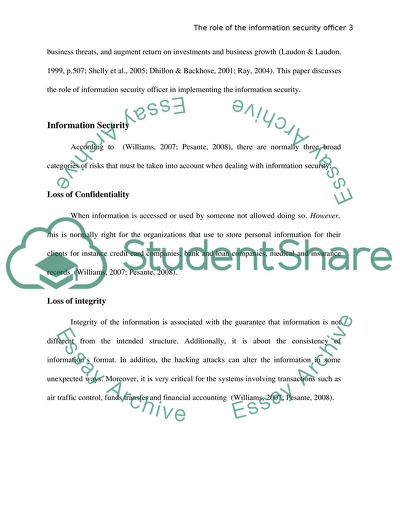Cite this document
(The Role of the Information Security Officer Dissertation, n.d.)
The Role of the Information Security Officer Dissertation. Retrieved from https://studentshare.org/information-technology/1739919-the-role-of-the-information-security-officer
The Role of the Information Security Officer Dissertation. Retrieved from https://studentshare.org/information-technology/1739919-the-role-of-the-information-security-officer
(The Role of the Information Security Officer Dissertation)
The Role of the Information Security Officer Dissertation. https://studentshare.org/information-technology/1739919-the-role-of-the-information-security-officer.
The Role of the Information Security Officer Dissertation. https://studentshare.org/information-technology/1739919-the-role-of-the-information-security-officer.
“The Role of the Information Security Officer Dissertation”, n.d. https://studentshare.org/information-technology/1739919-the-role-of-the-information-security-officer.


